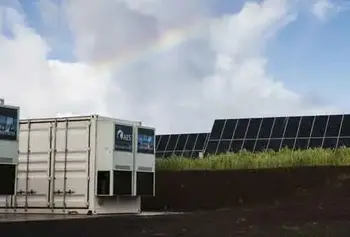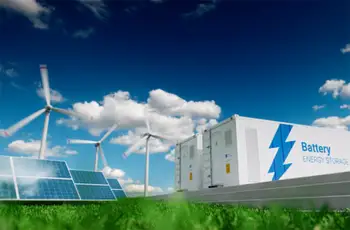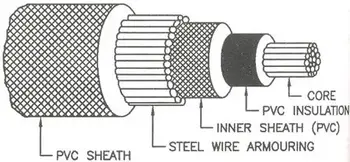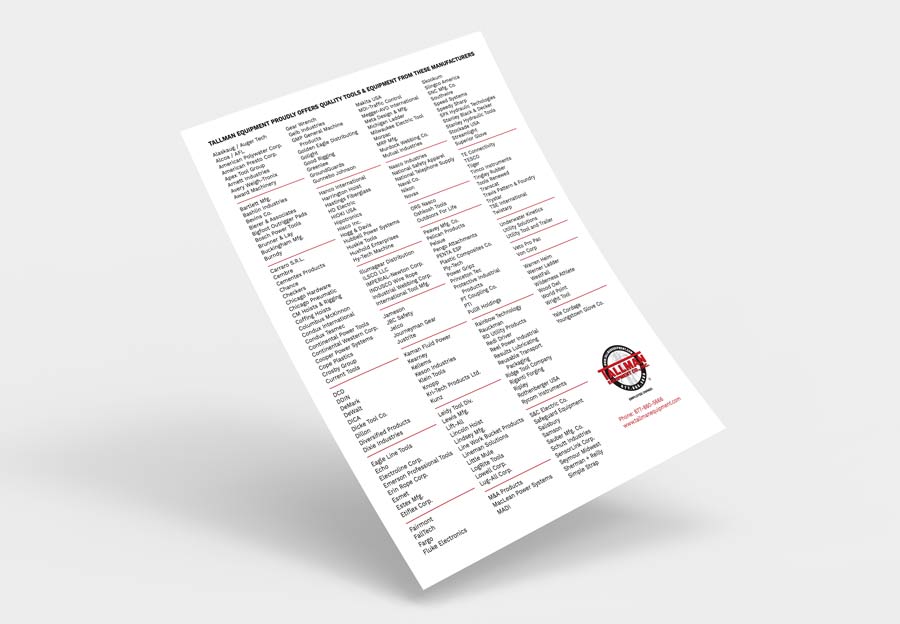Solar Energy Storage: Explained
By R.W. Hurst, Editor

Energy Storage Systems Course
Our customized live online or in‑person group training can be delivered to your staff at your location.

- Live Online
- 12 hours Instructor-led
- Group Training Available
Download Our OSHA 4475 Fact Sheet – Being Aware of Arc Flash Hazards

- Identify root causes of arc flash incidents and contributing conditions
- Apply prevention strategies including LOTO, PPE, and testing protocols
- Understand OSHA requirements for training and equipment maintenance
Solar energy storage captures excess solar power in batteries or thermal systems. It balances electricity supply and demand, supports renewable energy integration, and ensures reliable, sustainable backup for businesses, homes, and the power grid.
What is Solar Energy Storage?
Solar energy storage is the process of storing electricity generated by solar panels for later use, thereby enhancing the reliability and integration of renewable energy sources.
✅ Stores excess solar power for use during night or cloudy periods
✅ Improves grid stability and renewable energy efficiency
✅ Reduces reliance on fossil fuels and peak demand costs
Energy Storage Systems Training
Why Solar Energy Storage Matters
Solar energy storage (SES) is a critical component of the U.S. clean energy transition. By storing excess solar energy, SES systems provide a reliable source of power even when the sun isn’t shining, reducing dependence on traditional power plants and fossil fuels. Battery storage is the most widely used form of SES, but other technologies, such as thermal and pumped hydro, are also important in large-scale applications. Our overview of energy storage and the grid explains how SES interacts with transmission, distribution, and demand management.
The U.S. solar storage market is experiencing rapid growth. According to the U.S. Energy Information Administration, installed battery storage capacity surpassed 16 GW in 2024, with projections indicating it will triple by 2030. States like California, Texas, and Arizona are leading the way in deployments, as high solar penetration drives demand for reliable storage solutions. Many forms of long-term energy storage complement solar by providing reliable electricity for days or weeks when renewable generation is limited.
U.S. Solar Storage Incentives and Policy
The Inflation Reduction Act (IRA) of 2022 provided a significant boost to solar and storage projects by extending a 30% federal tax credit, known as the Investment Tax Credit (ITC), for both residential and commercial installations. Many states also offer incentives:
Test Your Knowledge About Energy Storage!
Think you know Energy Storage? Take our quick, interactive quiz and test your knowledge in minutes.
- Instantly see your results and score
- Identify strengths and areas for improvement
- Challenge yourself on real-world electrical topics
-
California’s SGIP program supports home batteries and resiliency upgrades.
-
New York’s NY-Sun program provides rebates for residential and commercial solar + storage systems.
-
Massachusetts SMART program offers performance-based incentives for solar systems paired with storage.
These federal and state policies are key drivers of adoption, making solar storage more accessible and financially attractive. For a broader context, see our growth in utility-scale energy storage report, which shows how large solar projects are driving expansion across the United States.
Cost of Battery Storage
Battery storage costs in the U.S. have dropped significantly, with lithium-ion systems now averaging around $300 per kWh for utility-scale installations, down from over $1,000 a decade ago. Residential solar batteries typically cost between $10,000 and $20,000 installed, depending on the capacity and brand. As costs decline, payback periods shorten, especially in states with high electricity rates or time-of-use pricing.
Core Components of SES Systems
Battery storage is the most common SES technology. Lithium-ion batteries are favoured due to their efficiency, high energy density, and long service life. To ensure proper operation, charge controllers regulate the flow of electricity from panels to batteries, preventing overcharging and deep discharging.
Hybrid solar systems, which combine solar panels with battery storage, are gaining popularity in the U.S. They enable homes and businesses to utilize solar power immediately while storing excess energy for later use, making them particularly valuable in states with frequent power outages or variable sunlight.
Emerging and Long-Duration Storage Technologies
Beyond lithium-ion, the U.S. is investing heavily in research for long-duration storage. Flow batteries, hydrogen storage, compressed air, and solid-state batteries are being developed to extend storage times from hours to days. Thermal storage systems, including molten salt, are also utilized in concentrated solar power plants in states such as Nevada. These technologies will play a crucial role in balancing the grid as renewable energy penetration increases. Many forms of long-term energy storage complement solar by providing reliable electricity for days or weeks when renewable generation is limited.
Case Studies and Applications
-
California leads the nation with large-scale projects, such as Moss Landing (750 MW / 3,000 MWh), one of the world's largest battery storage facilities.
-
Texas has rapidly expanded solar + storage projects to stabilize its independent ERCOT grid, which faces extreme weather challenges.
-
Arizona and Nevada are pioneering solar-plus-storage to support desert solar farms and provide evening peak power.
-
At the residential level, hybrid solar + storage systems are increasingly used for resiliency against outages caused by storms, wildfires, and grid instability.
Advances in thermal energy storage and hydrogen energy storage highlight the diversity of methods being developed to complement solar power.
Technical Limitations and Trade-Offs
Like any technology, SES has trade-offs. Lithium-ion systems degrade over time, with cycle life and depth of discharge influencing performance. Recycling and disposal of batteries pose environmental challenges, while large-scale systems must address the complexities of land use, permitting, and grid integration. These factors shape the total cost of ownership and long-term sustainability. Technologies such as compressed air energy storage and gravity energy storage are emerging as scalable solutions to support the integration of solar energy on the grid.
Smart Controls, Software, and Grid Services
Modern U.S. storage projects rely on advanced battery management systems (BMS) and grid integration software. These tools optimize performance, extend battery life, and allow storage to provide valuable grid services. Storage can now generate revenue through peak shaving, demand response, and frequency regulation, making it both a resiliency tool and a financial asset.
Frequently Asked Questions
How much does solar battery storage cost in the U.S.?
Residential solar batteries typically range from $10,000 to $20,000 in installation costs. Utility-scale projects average around $300 per kWh, with prices continuing to decline.
What incentives are available for solar + storage?
The federal ITC provides a 30% tax credit, and many states, such as California, New York, and Massachusetts, offer additional rebates or performance incentives.
Electricity Today T&D Magazine Subscribe for FREE

- Timely insights from industry experts
- Practical solutions T&D engineers
- Free access to every issue
How long do solar batteries last?
Most lithium-ion systems last between 10 and 15 years. New technologies, such as flow batteries, may extend lifespans with reduced degradation.
Can solar storage systems provide backup power?
Yes. Hybrid solar + storage systems can power essential appliances during outages. Whole-home backup is possible with larger battery banks and inverters.
What role does solar energy storage play in the U.S. clean energy future?
SES is essential for integrating more renewable energy, ensuring grid reliability, and reducing reliance on fossil fuels. Large-scale projects in California and Texas demonstrate how storage supports the transition to clean energy.
SES is no longer optional—it is central to Canada’s clean energy transition. By combining declining costs, supportive policy, and advancing technology, SES empowers households, businesses, and utilities to achieve energy independence, reduce costs, and contribute to a sustainable future. Our overview of energy storage and the grid explains how SES interacts with transmission, distribution, and demand management.
Related Articles








